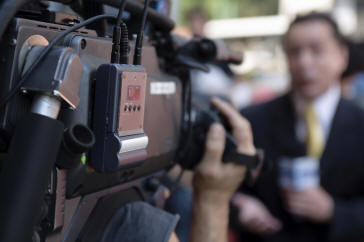Allandale25
Senior Member

|
|
|

Hydro won't allow it for safty concers over high voltage wiresTunnelling under Finch and Yonge is time-consuming and expensive, use the hydro corridor instead.
What kind of concerns can there be when trails, playing fields, bus terminal, and parking are already under the wires?Hydro won't allow it for safty concers over high voltage wires
Different rules now then when those were all approved, it's been discussed in other forms that basically hydro is conserned about what could happen if one of the wires came down.What kind of concerns can there be when trails, playing fields, bus terminal, and parking are already under the wires?
Waterloo region paid for the hydro lines to be buried so the LRT could travel along the corridor.Different rules now then when those were all approved, it's been discussed in other forms that basically hydro is concerned about what could happen if one of the wires came down.
I think you are thinking of different hydro wires than the ones that are in hydro rights of wayWaterloo region paid for the hydro lines to be buried so the LRT could travel along the corridor.

Vanier to Vanier
goo.gl
2011: https://goo.gl/maps/ifvK8MkFVZk9CCZH8I think you are thinking of different hydro wires than the ones that are in hydro rights of way
It has little to do with engineering, and everything to do with cost versus benefit. The technology already exists.I have a feeling that any hydro corridor can be buried with the right engineering. If you want to do a cost analysis, consider the development potential of the corridor too. Bury the wires, build a street with the LRT on it, and allow for mixed-use construction along the street for a new focal point for the neighbourhood. The wires will be in a waterproof underground tunnel and will always be accessible with access shafts.
So, how do you do that? Those lines lead to somewhere that needs power.Or remove the power lines from the corridor.




